- At Everest University-Melbourne, we have a comprehensive curriculum designed to prepare you for a successful future. Our instructors, who before were professionals in their field, will share with you their past experiences to help give you valuable insight. Through their dedication, class projects and discussions come alive. Classes at our campus will give you hands-on training allowing you to excel in the area you wish to pursue. Our Melbourne Campus is situated at the heart of this historical landscape. Located on the shores of the Indian River in the south part of the county, this beautiful campus has a clear view of the barrier island that is home to the beachfront communities and Patrick Air Force Base.
School Highlights
Everest University-Melbourne served 392 students (75% of students were full-time).
The college's student:teacher ratio of 22:1 was higher than the state community college average of 20:1.
Minority enrollment was 49% of the student body (majority Black), which was less than the state average of 67%.
School Overview
Everest University-Melbourne
(FL) Community College Avg.
Carnegie Classification
Baccalaureate / Associates Colleges
Not applicable, not in Carnegie universe (not accredited or nondegree-granting)
Institution Level
Less than 2 yrs
At least 2 but less than 4 years
Institution Control
Private, for profit
Private not-for-profit
Total Faculty
18 staff
139 staff
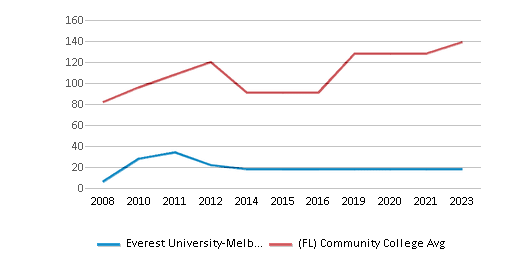
Student Body
Total Enrollment
392 students
646 students
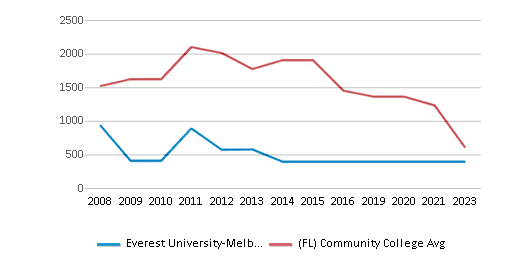
Student : Teacher Ratio
22:1
20:1
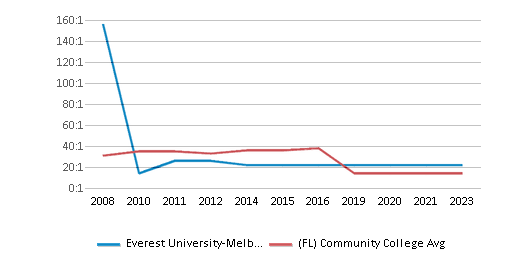
# Full-Time Students
293 students
587 students
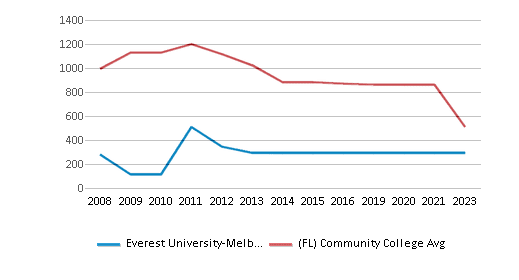
# Part-Time Students
99 students
557 students
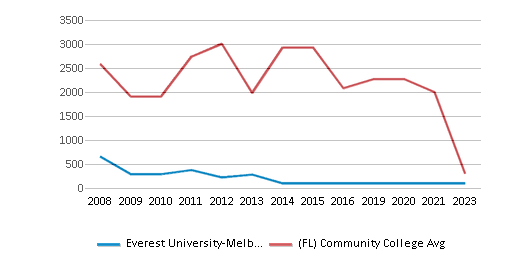
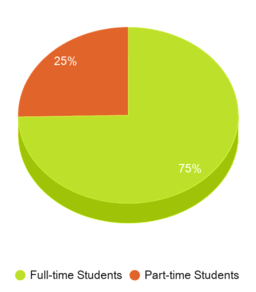
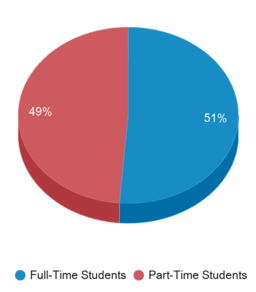
# Enrollment Undergraduate
585 students
261 students
# Full-Time Undergraduate Students
285 students
574 students

# Full-Time Graduate Students
8 students
85 students
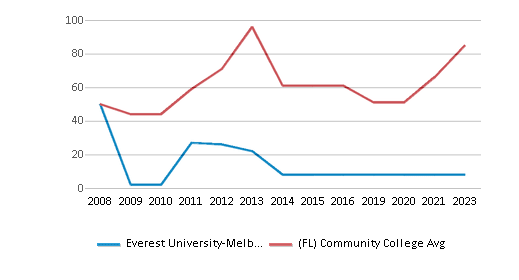
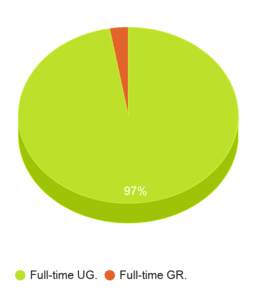
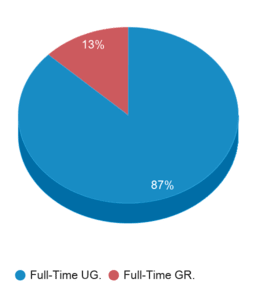
# Part-Time Undergraduate Students
n/a
648 students
# Part-Time Graduate Students
n/a
36 students
Total Dormitory Capacity
n/a
174 students
% American Indian/Alaskan
1%
n/a
% Asian
n/a
5%
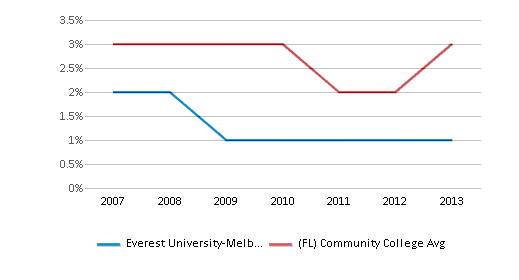
% Hispanic
11%
30%
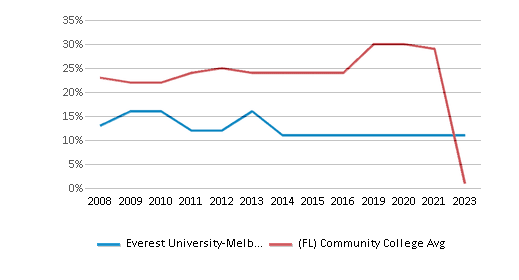
% Black
30%
19%
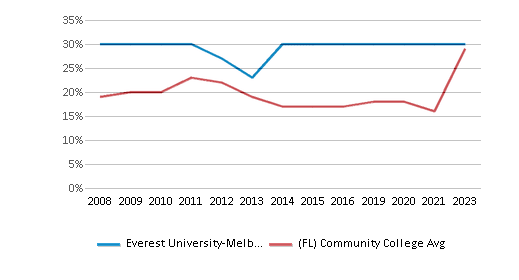
% White
51%
33%
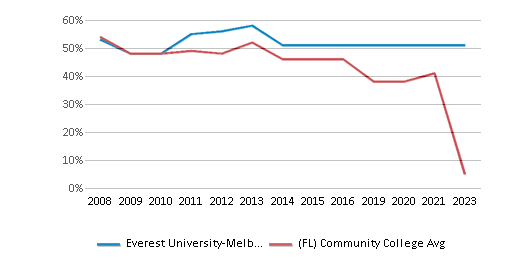
% Hawaiian
1%
2%
% Two or more races
4%
4%
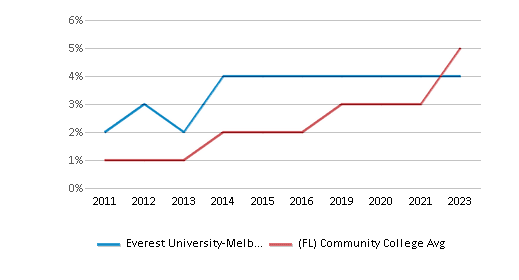
% Non Resident races
n/a
2%
% Unknown races
2%
5%
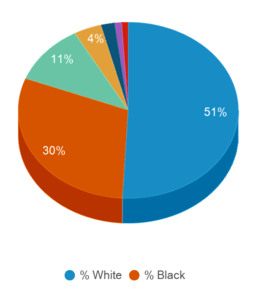
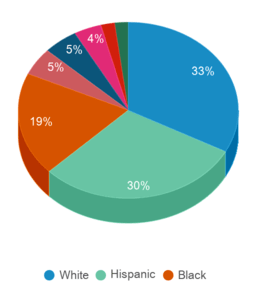
Diversity Score
0.64
0.76
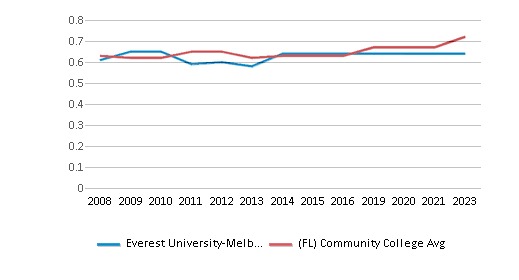
College Completion Rate (Students who graduate in less than 4 years)
n/a
0.6183%
College Completion Rate (Students who graduate in 4 years or more than 4 years)
n/a
0.4334%
Average Graduate Earnings (10 Years)
$26,800
$31,500
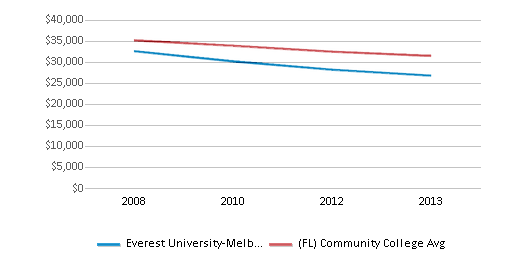
Tuition and Acceptance Rate
Private State Tuition Fees
$14,940
$16,355

% Students Receiving Some Financial Aid
98%
88%
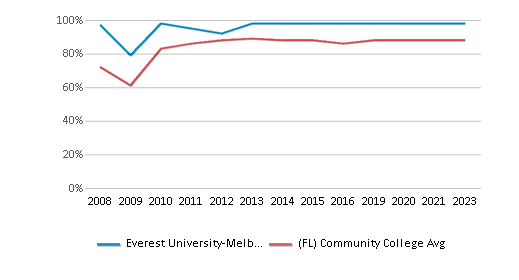
Median Debt for Graduates
$19,613
$10,250
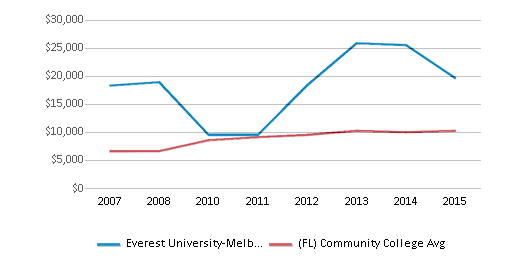
Median Debt for Dropouts
$6,466
$6,250
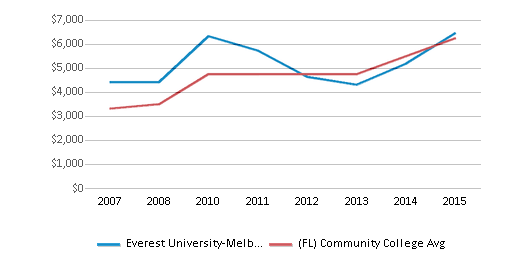
Acceptance Rate
78%
70%
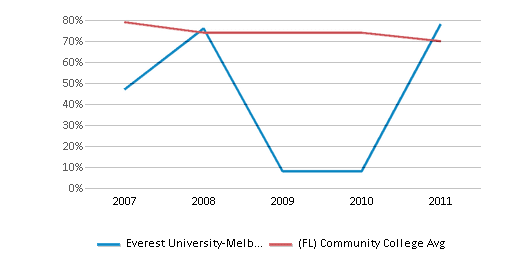
SAT Reading
n/a
442
SAT Math
n/a
429
ACT Composite
n/a
18
ACT English
n/a
18
ACT Math
n/a
18
Source: 2023 (or latest year available) Integrated Postsecondary Education Data System (IPEDS)
Frequently Asked Questions
How much does Everest University-Melbourne cost?
Everest University-Melbourne's private state tuition is approximately $14,940.
What is the acceptance rate of Everest University-Melbourne?
The acceptance rate of Everest University-Melbourne is 78%, which is higher than the state average of 70%.
Recent Articles

Obtaining Your Bachelor's Degree at a Community College
Explore the evolving landscape of community colleges offering bachelor's degrees, addressing affordability, accessibility, and workforce needs.

A to Z of Community College Certificates and Courses
From business and healthcare to technology and skilled trades, the article showcases the breadth of options available to students seeking to enhance their knowledge, develop new skills, or pursue career advancement.

What is a Community College?
This comprehensive guide explains what a community college is, its history, and its role in higher education. It covers the types of programs offered, differences from four-year colleges, benefits of attending, and important considerations for prospective students, providing valuable insights for those exploring educational options.





